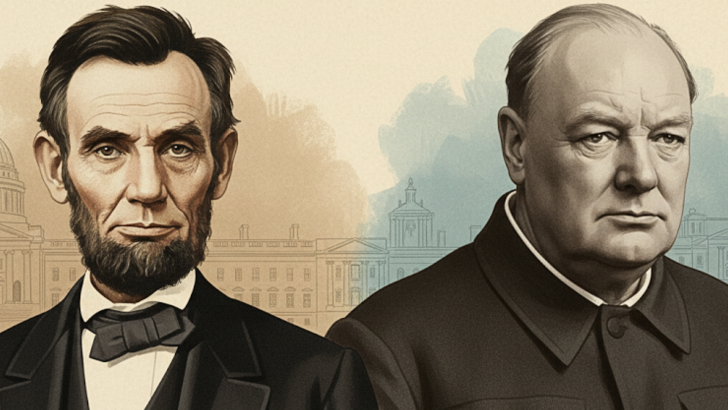Great leaders are often remembered for their strength in moments of chaos, but history also reveals the quiet battles they fought with anxiety.
From Abraham Lincoln to Winston Churchill and beyond, many leaders struggled with inner storms even as they guided nations through peril.
Their stories show that worry and fear do not disqualify someone from leadership but can instead sharpen empathy, resilience, and vision.
By looking at how these figures faced their anxieties, we see not only their humanity but also timeless lessons on how courage is not the absence of fear but the decision to act despite it.
1. Lincoln’s Melancholy as a Source of Strength
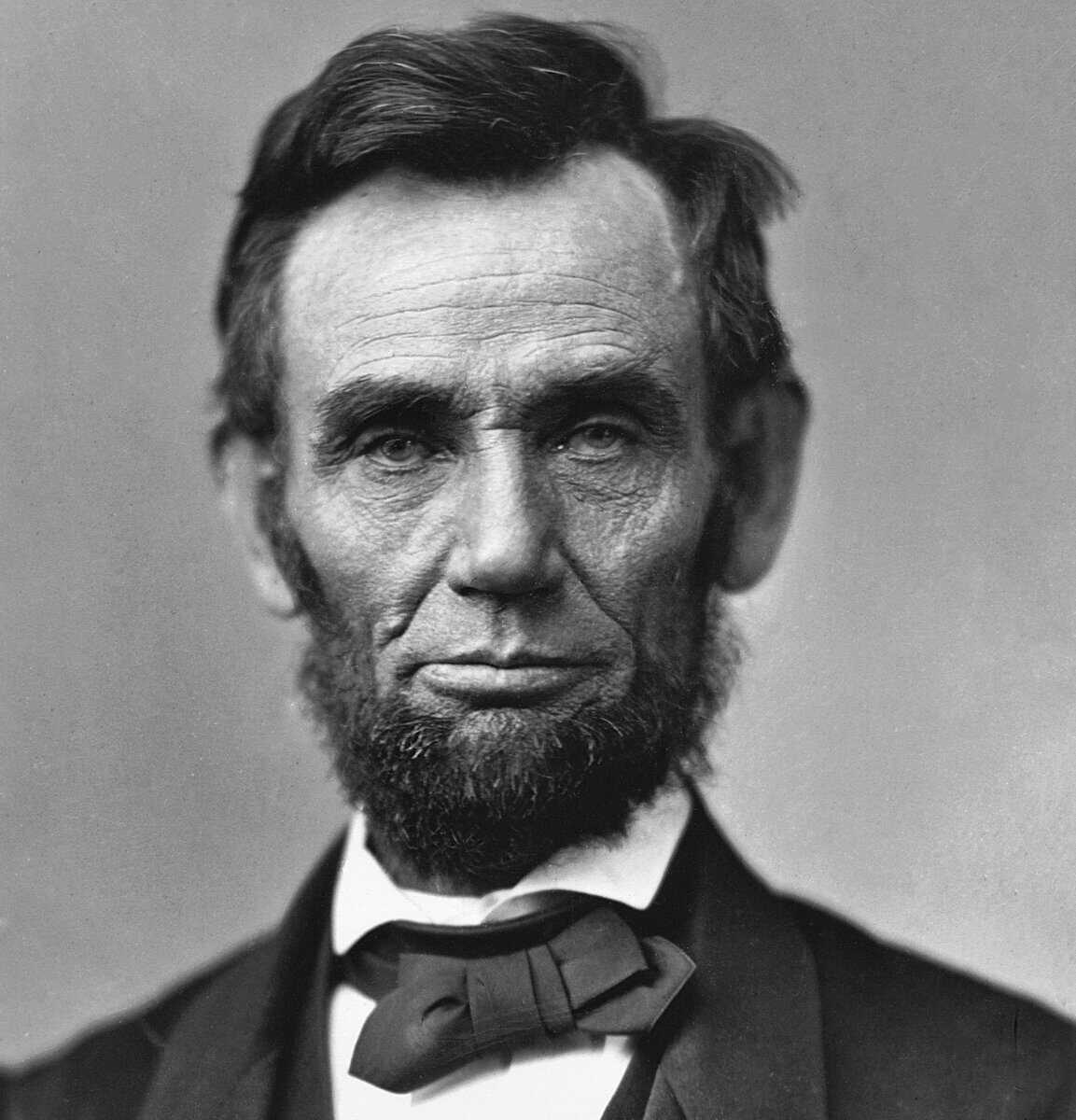
Abraham Lincoln often wrestled with deep sadness and anxiety, which he called his “melancholy.”
Far from weakening him, these struggles helped him cultivate empathy for others and patience during national conflict.
In the darkest days of the Civil War, Lincoln turned to humor, storytelling, and reflection to balance his heavy responsibilities.
His private battles made him more compassionate toward soldiers and citizens who were suffering.
Rather than hiding his melancholy, he lived with it, showing that leaders can carry personal burdens while still guiding others. Lincoln’s example reminds us that anxiety can fuel depth and resilience in leadership.
2. Churchill and the Black Dog
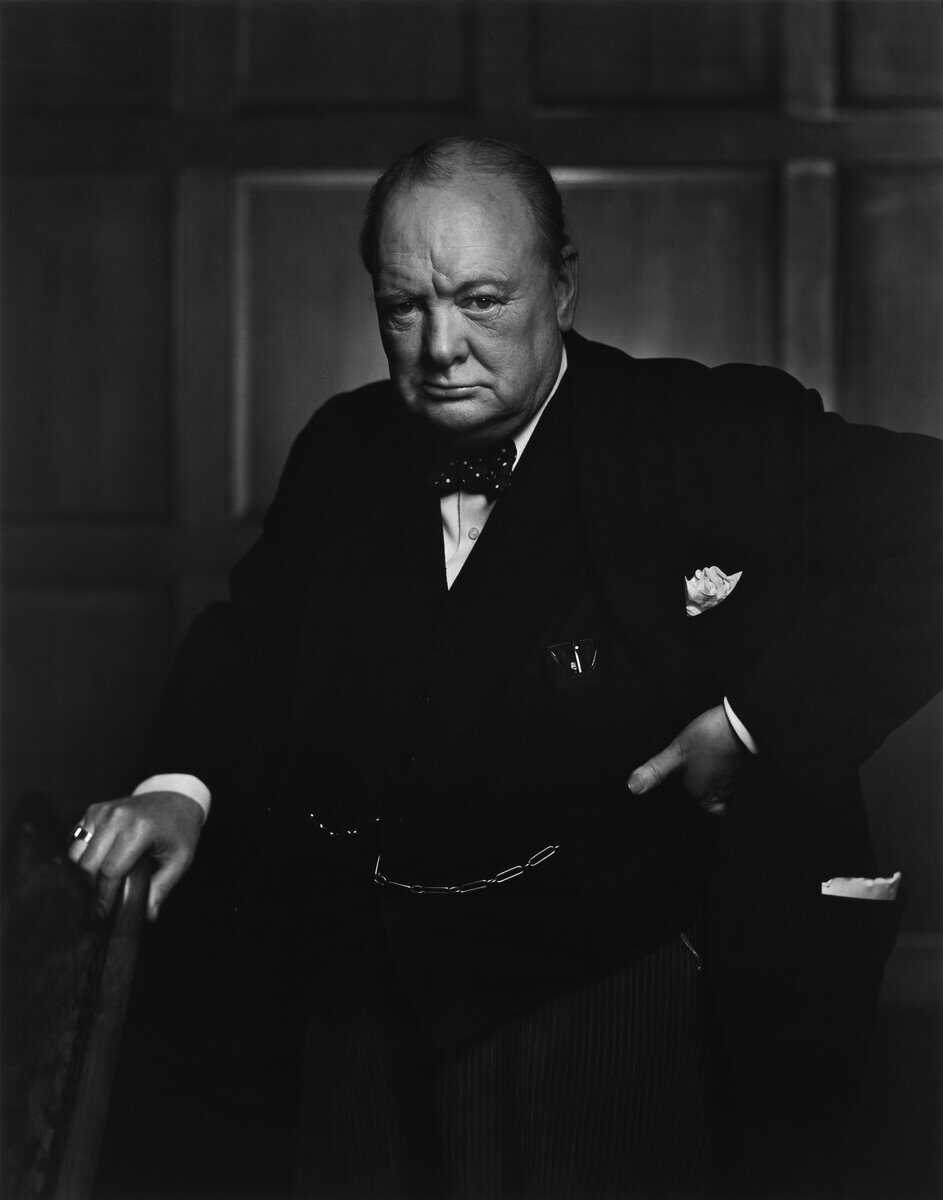
Winston Churchill openly spoke of his depression, calling it his “black dog.” During World War II, he lived with immense pressure, often doubting himself yet refusing to let those feelings paralyze him.
To cope, he painted, built brick walls, and wrote extensively, channeling his anxiety into creative outlets. He also leaned on humor, inspiring speeches, and strong rituals to steady his mind.
Churchill showed that leaders can face enormous fear yet still rally others with courage. His story teaches us that managing anxiety is not about erasing it but about finding ways to keep moving forward with determination.
3. Roosevelt’s Quiet Resolve in Uncertainty
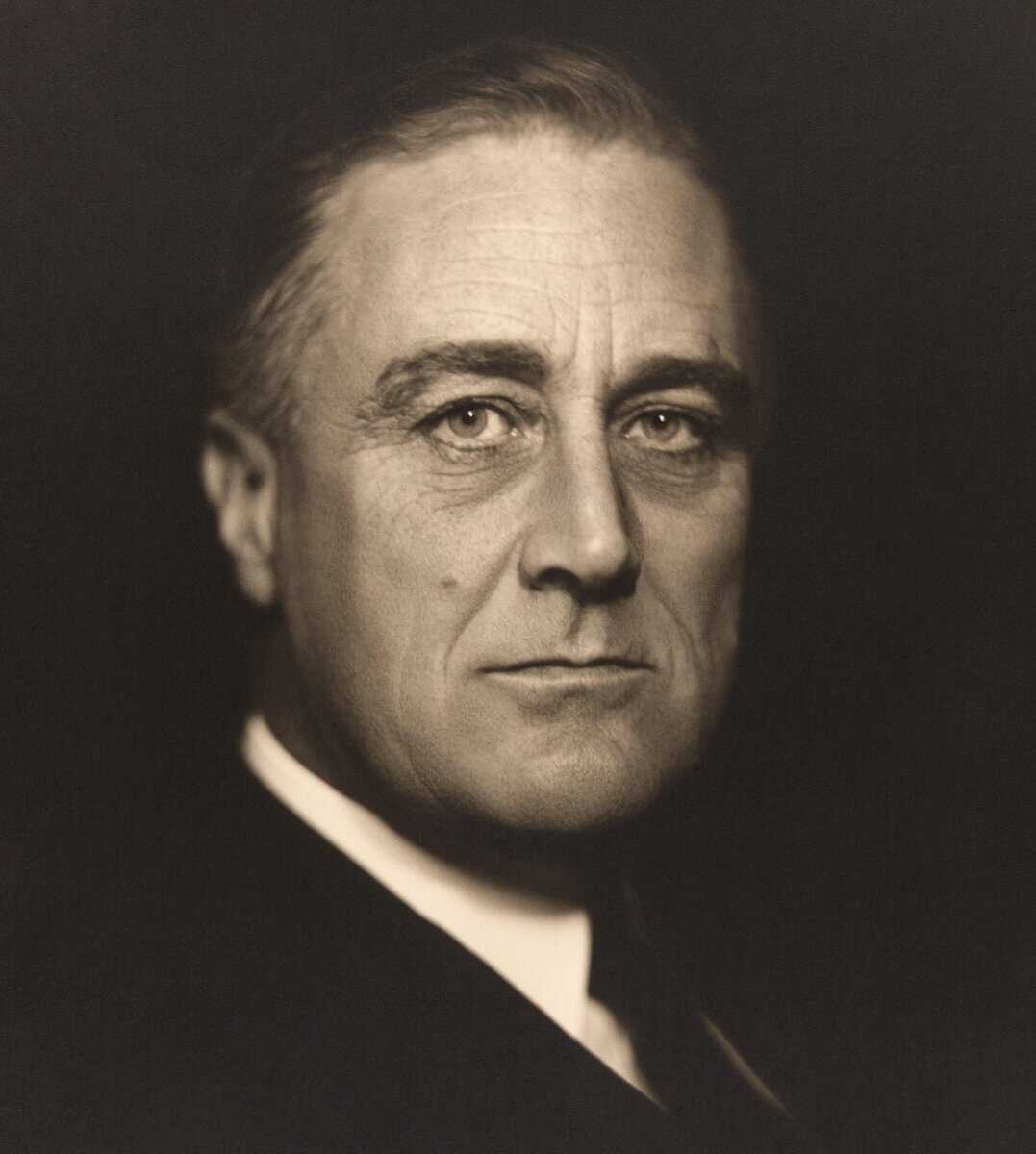
Franklin D. Roosevelt led America through the Great Depression and World War II while battling his own struggles with worry and physical disability.
Though he projected confidence in his speeches, privately he wrestled with doubt and the fear of failure.
His famous phrase, “the only thing we have to fear is fear itself,” reflected his understanding of anxiety as a powerful enemy.
Roosevelt faced his fears by focusing on action and connection, communicating hope to the public while reminding himself that progress came step by step. His leadership shows how reframing fear into resolve can change the course of history.
4. Gandhi’s Inner Battles for Calm
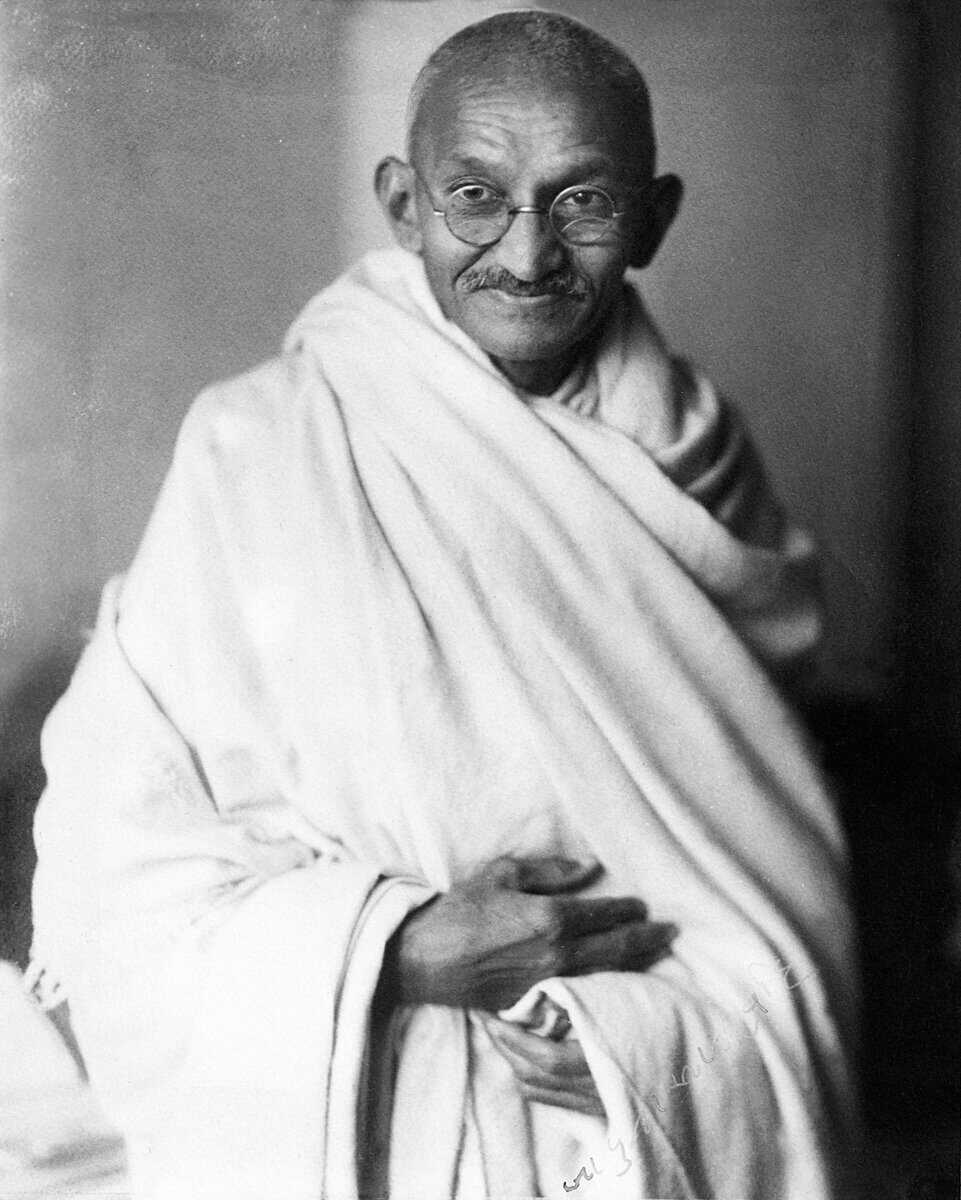
Mahatma Gandhi is often remembered for his calm presence, but he too faced anxiety in moments of crisis. Leading nonviolent resistance against British rule required immense patience and trust in people.
Gandhi used meditation, prayer, and fasting to center himself when worry threatened to overwhelm him. These practices gave him clarity and steadiness that inspired millions.
His life shows that anxiety is not erased by calm leadership but managed through daily rituals of discipline and reflection.
Gandhi’s methods remind us that even spiritual leaders must work consistently to find balance within themselves before guiding others.
5. Kennedy’s Pressure During the Cold War
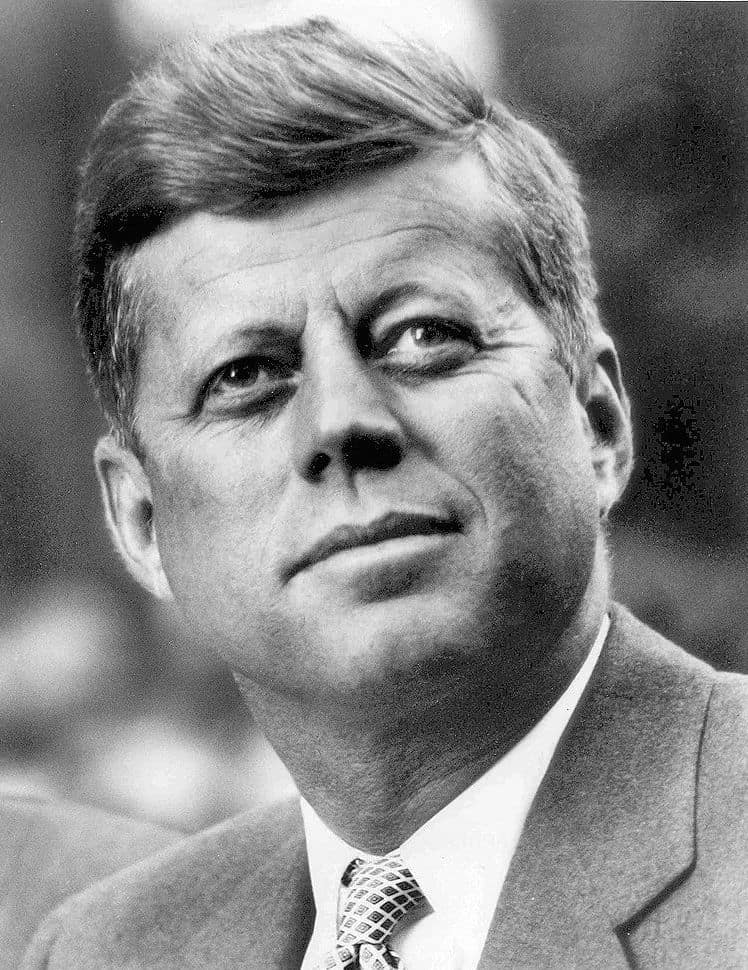
John F. Kennedy carried immense anxiety during the Cuban Missile Crisis, a moment when the world stood on the edge of nuclear war.
He faced sleepless nights and constant pressure, yet he surrounded himself with advisors and sought diverse perspectives before making decisions.
Kennedy managed his stress by leaning on humor and maintaining a balance between caution and boldness. His ability to hold steady while the world panicked prevented disaster.
Kennedy’s story shows that leaders do not escape fear in moments of crisis but must learn to breathe through it, listen carefully, and act with measured confidence.
6. Mandela’s Patience in Prison
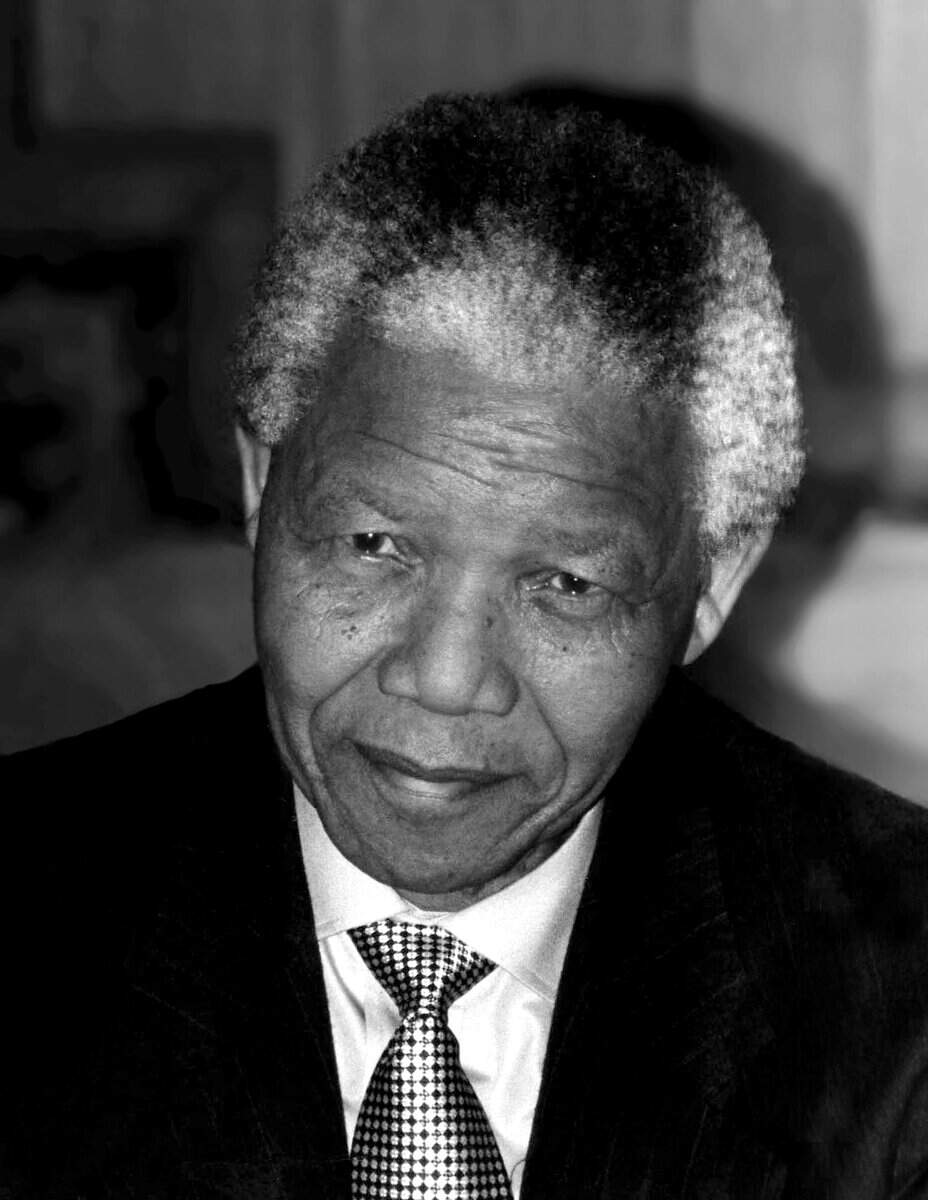
Nelson Mandela endured twenty-seven years in prison, facing isolation and constant uncertainty about his future.
Anxiety could have consumed him, but he developed inner resilience through patience, reading, and quiet discipline. Instead of letting fear dominate him, Mandela transformed it into a vision of freedom that sustained him.
When he finally led South Africa out of apartheid, his ability to forgive and build unity was rooted in the calm strength he built during years of anxiety.
Mandela’s story proves that leadership often grows in hidden battles where fear is acknowledged but not allowed to define one’s path.
7. Eleanor Roosevelt and the Power of Facing Fear
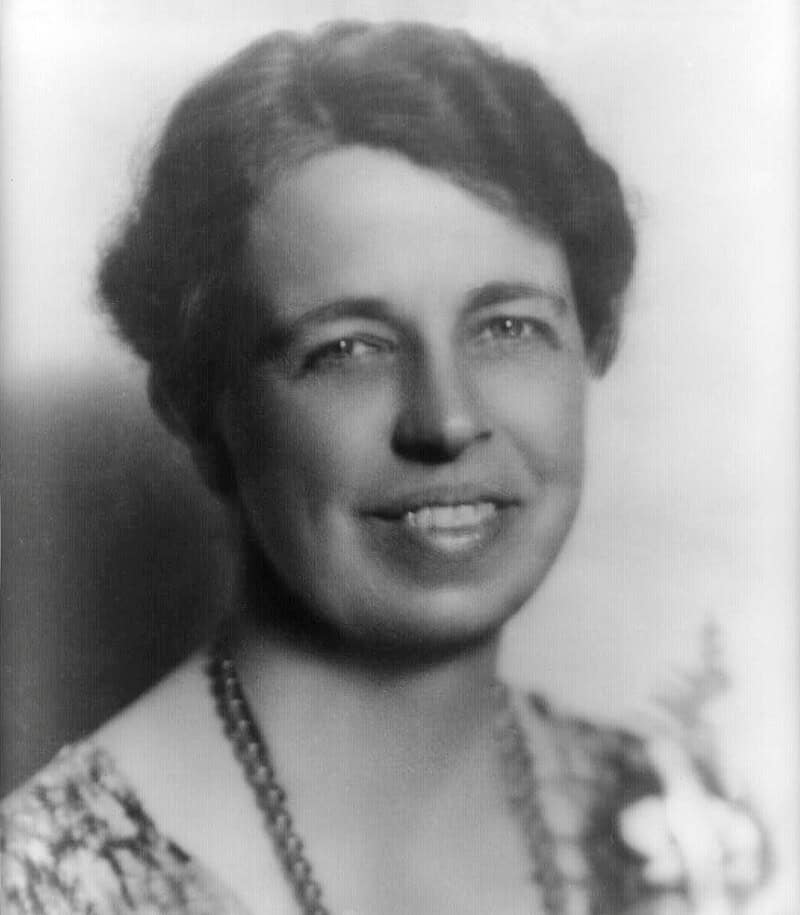
Eleanor Roosevelt, though not a president or prime minister, was one of the most influential leaders of the twentieth century.
She often admitted to being deeply anxious about public speaking and criticism. Instead of avoiding these fears, she made a practice of facing them directly, speaking to crowds and writing columns that shaped social policy.
Her famous quote, “Do one thing every day that scares you,” reflected her belief that growth comes from leaning into anxiety rather than shrinking from it.
Her example reminds us that leadership can be quiet, persistent, and profoundly shaped by courage in the face of fear.

Siempre sentí una fuerte conexión con lo Divino desde mi nacimiento. Como autora y mentora, mi misión es ayudar a los demás a encontrar el amor, la felicidad y la fuerza interior en los momentos más oscuros.

